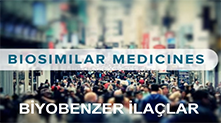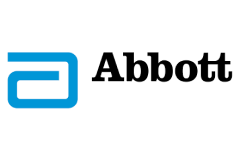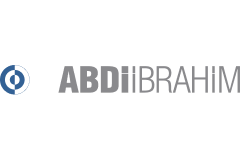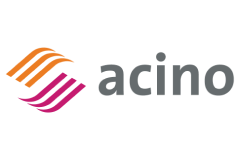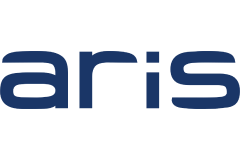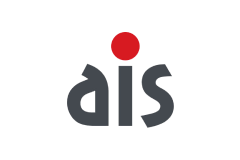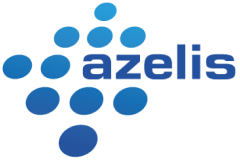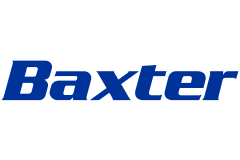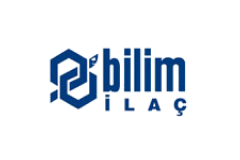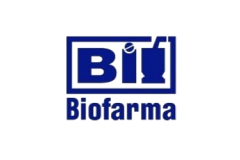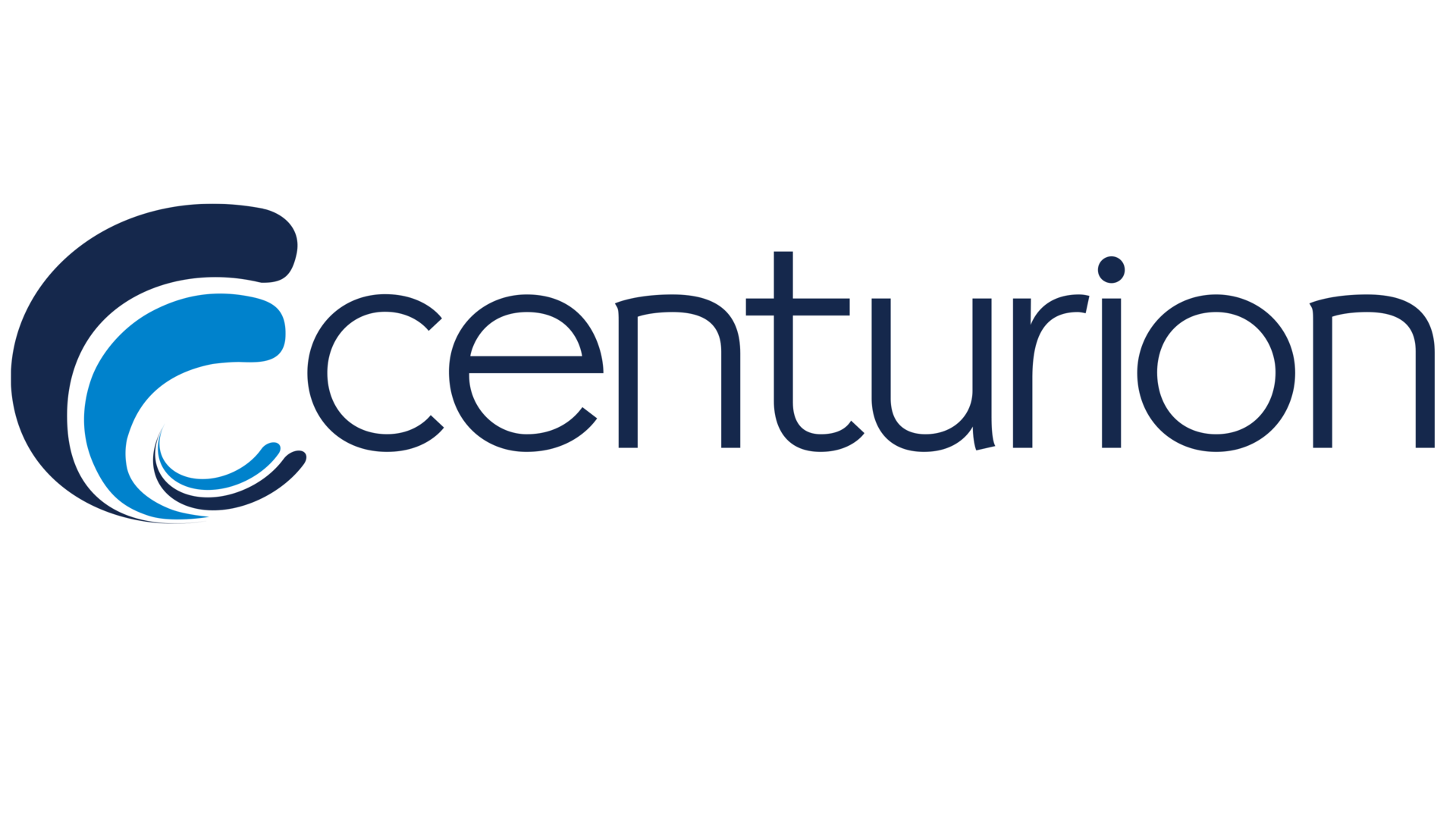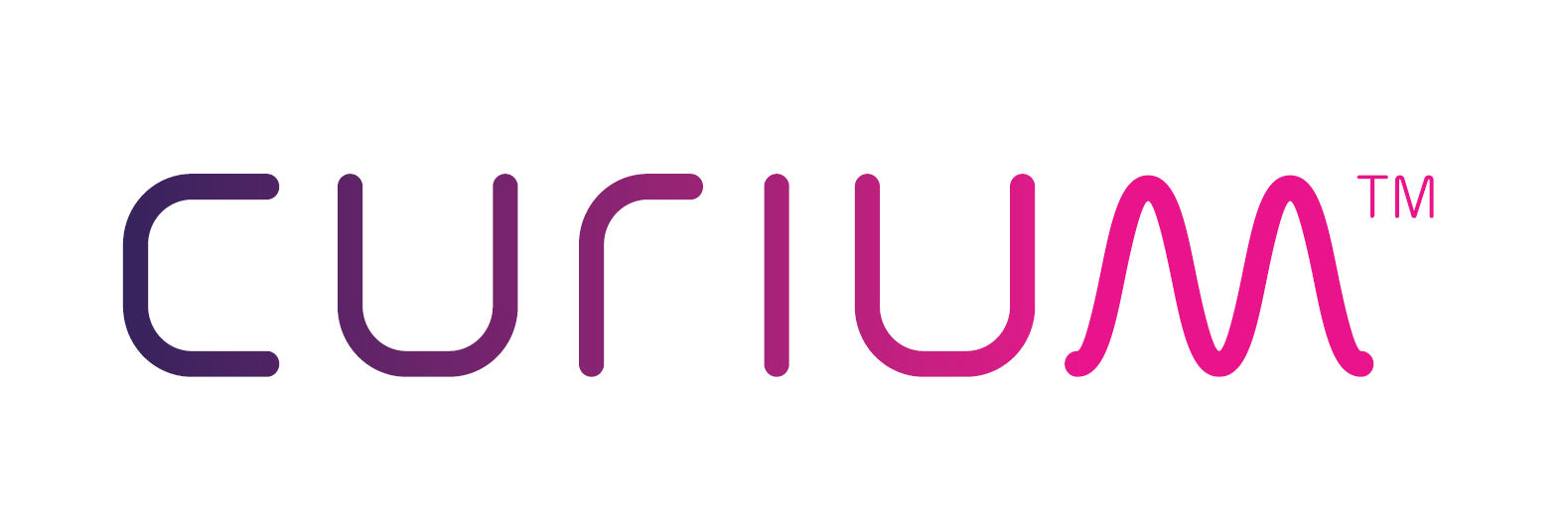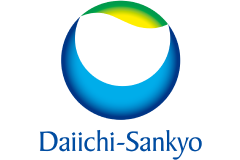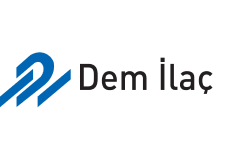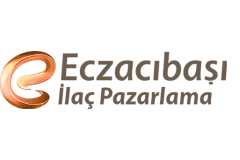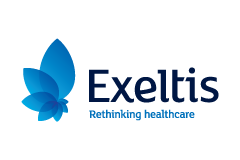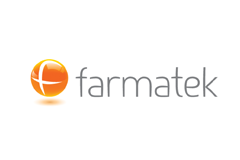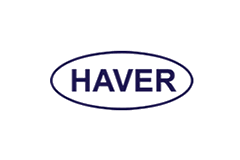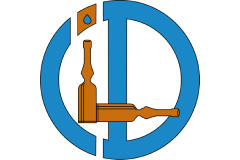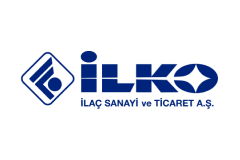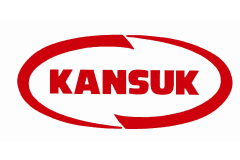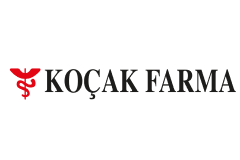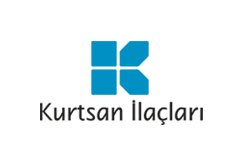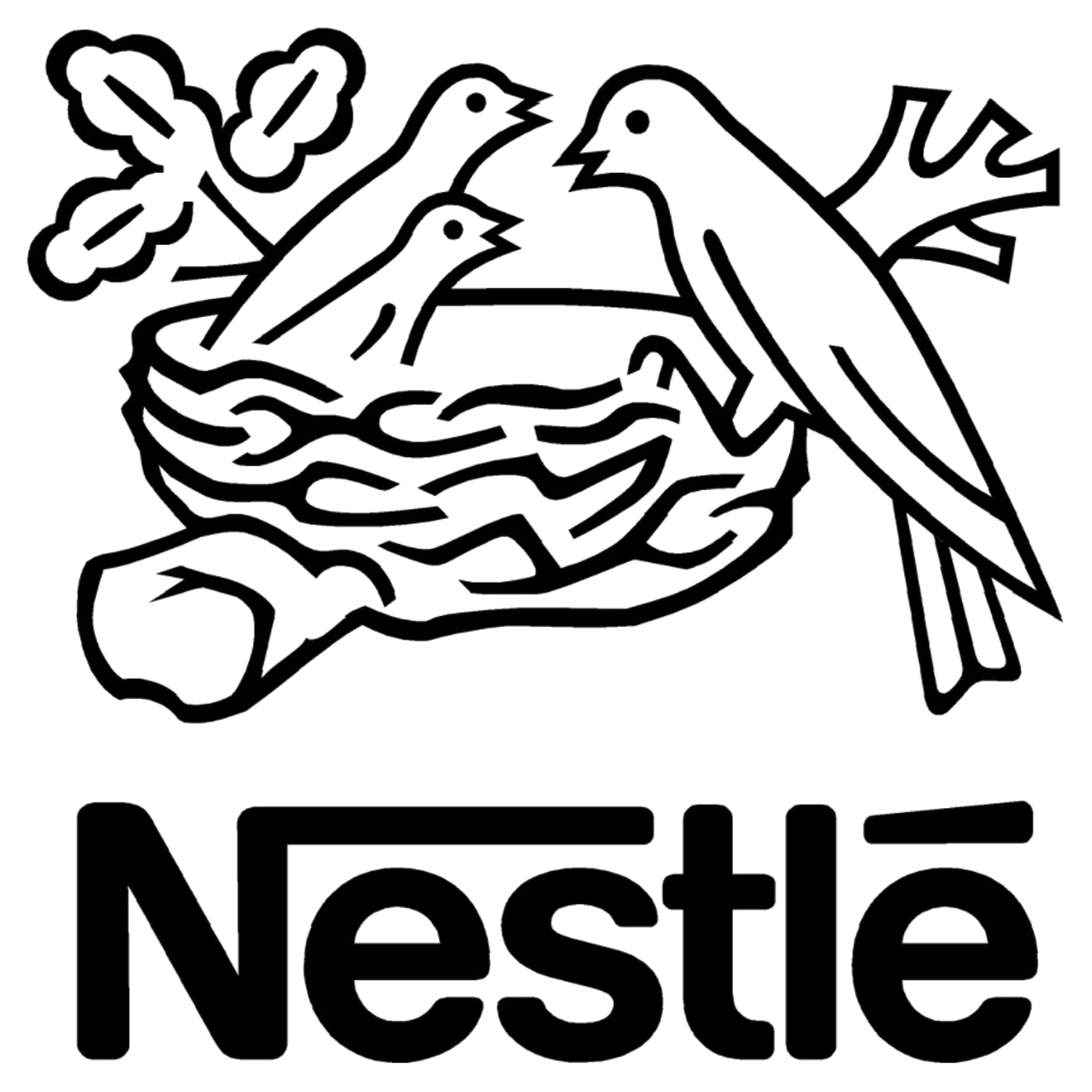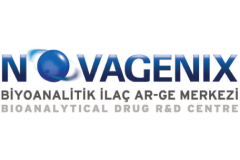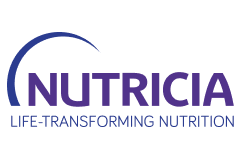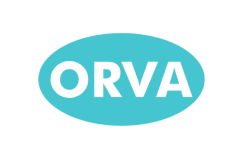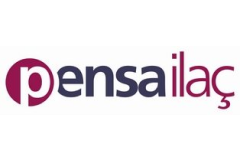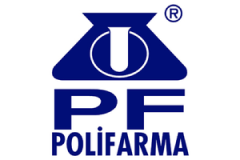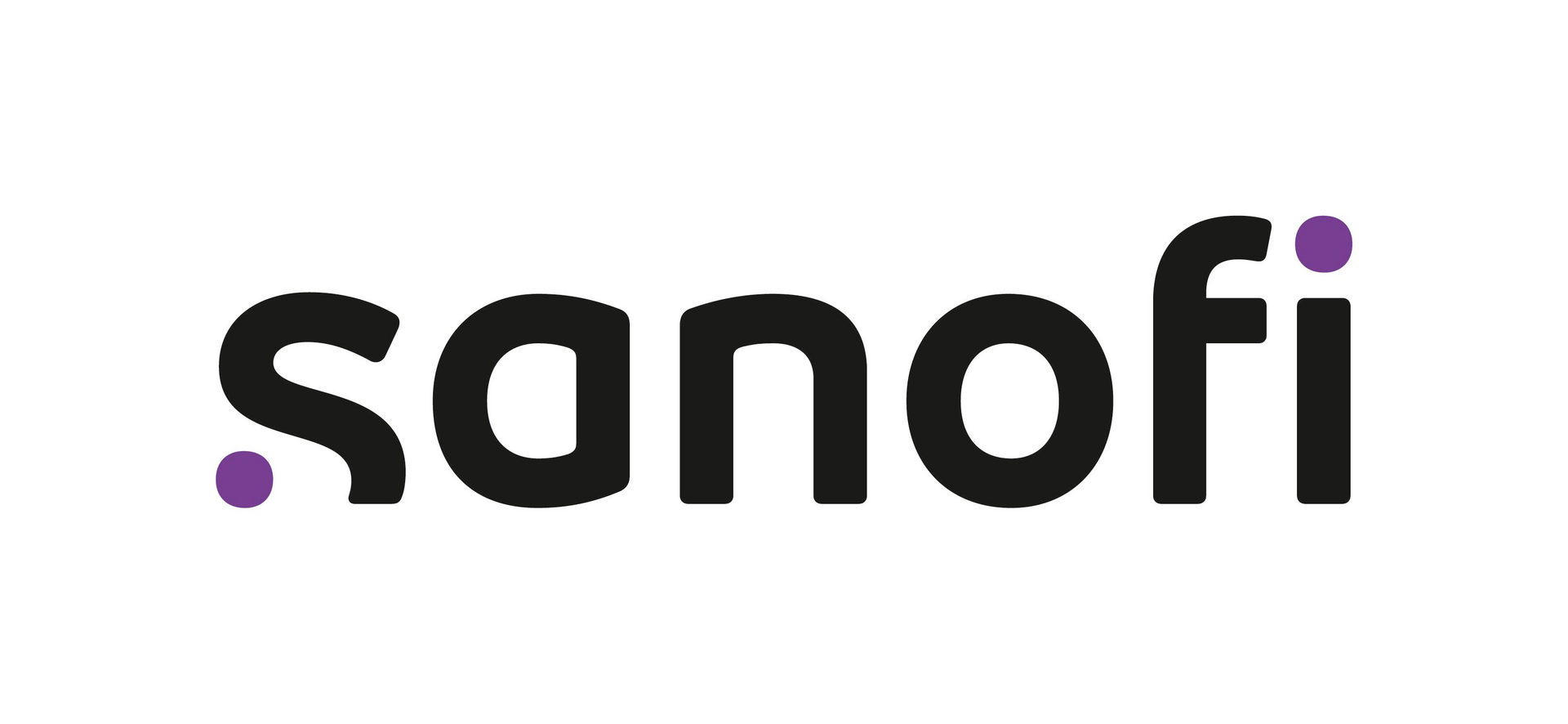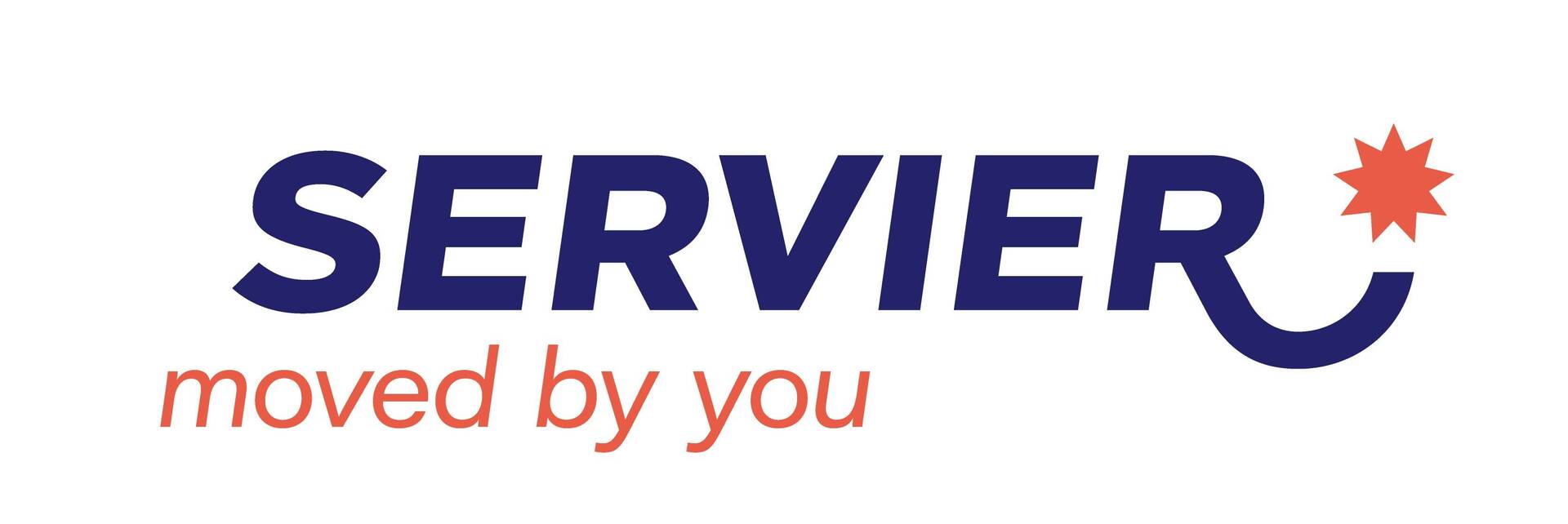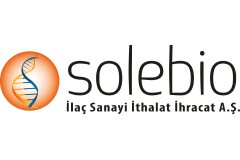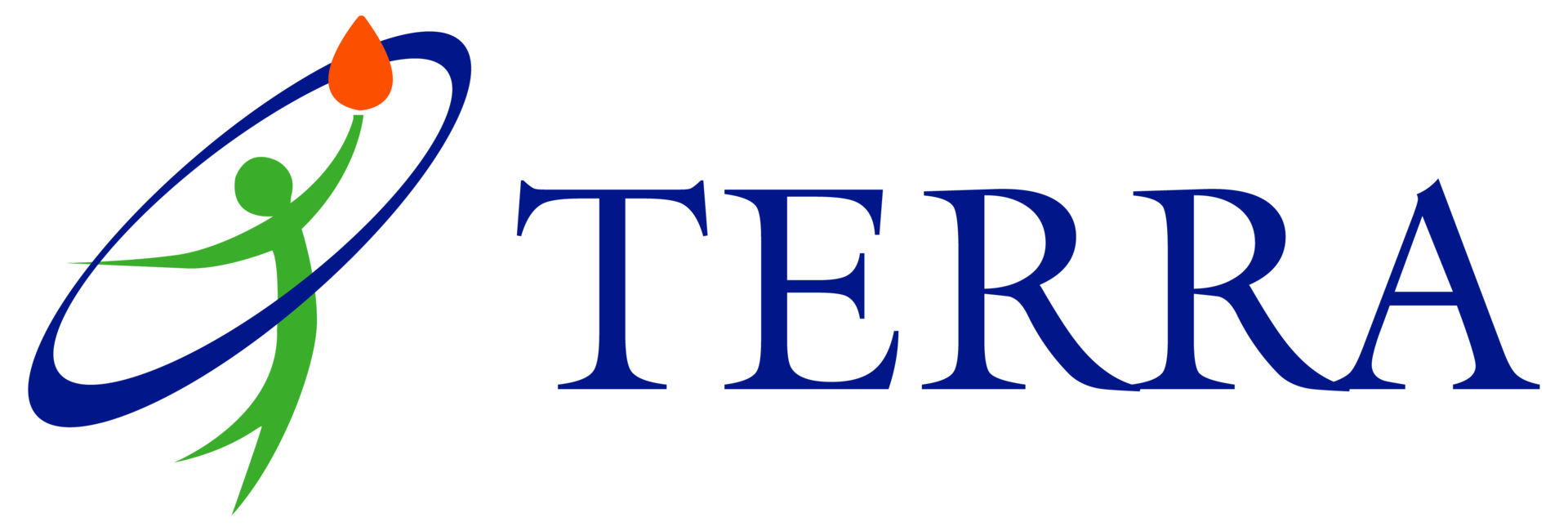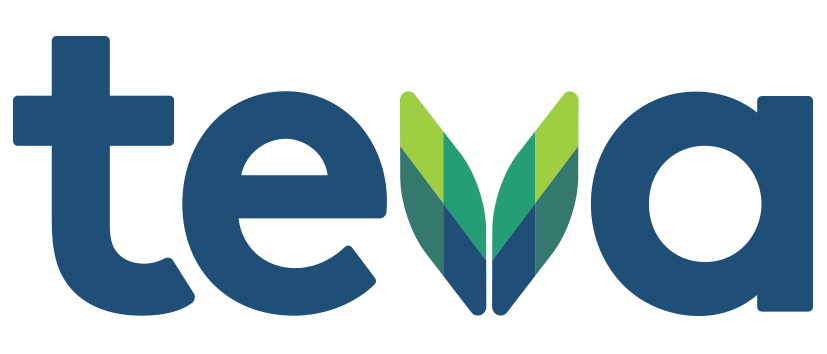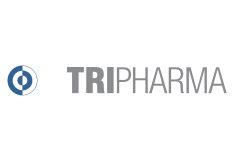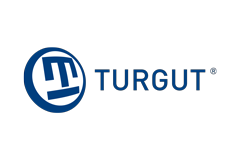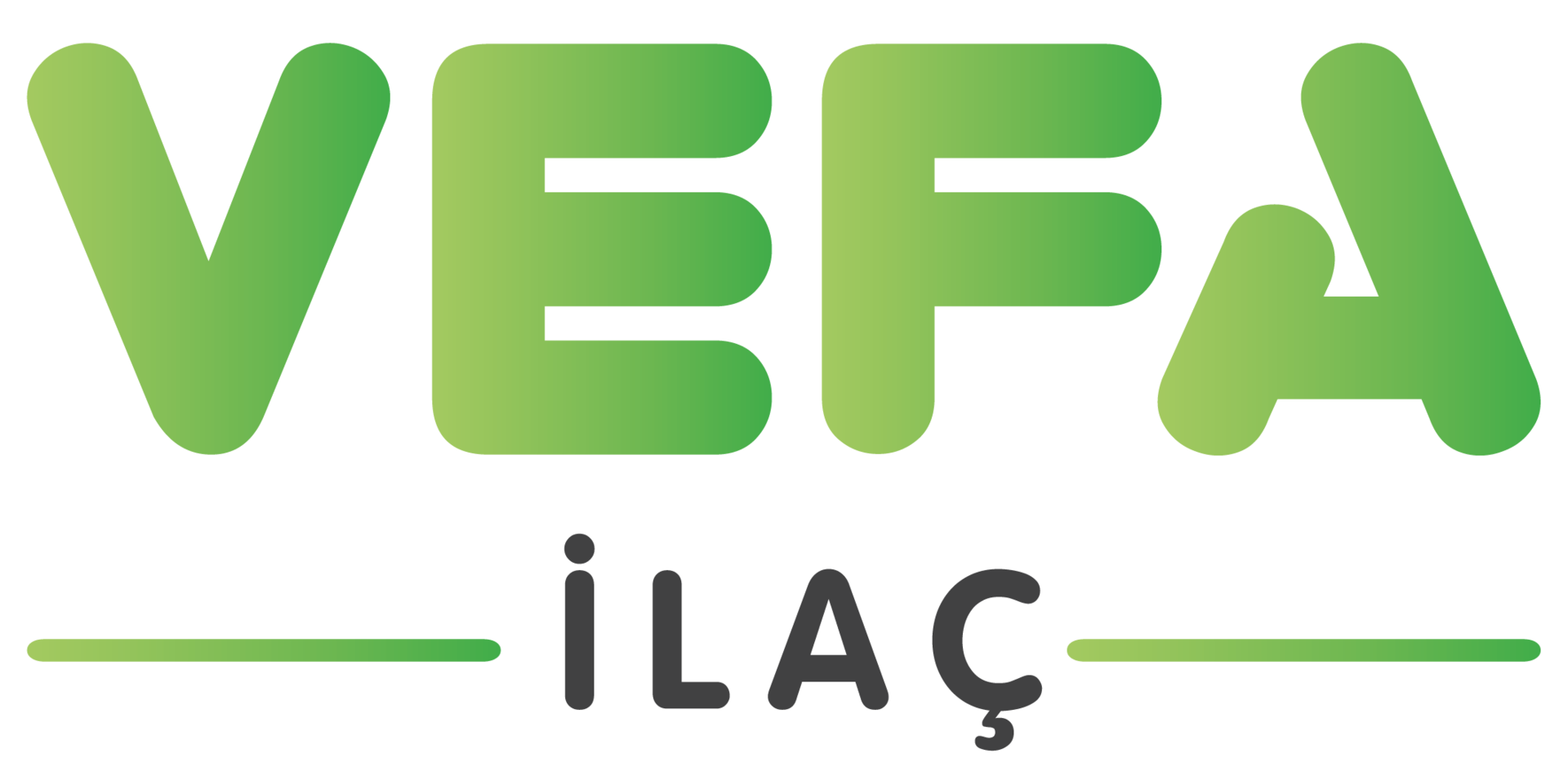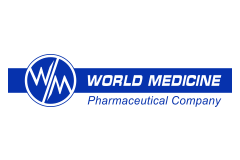Biotechnologic Pharmaceuticals
Biotechnological Drug
Biotechnological production in the pharmaceutical sector, which first began with the production of penicillin by Alexander Fleming in 1928, was first used in the early 1980s for the treatment of diabetes with human insulin produced by recombinant DNA technology. Hormones (erythropoietin, somatropin growth factors), insulin, immunomodulators, monoclonal antibodies (mAbs), blood coagulation factors and vaccinations can be counted as the drugs used in several treatment areas within the scope of biotechnological drugs. These products are classified into two groups as reference biotechnological drugs and biosimilars.
Reference Biotechnological Drug
It is the first product released by an innovator company.
Biosimilar
Since the two cell lines developed independently will not be the same, the expression of ‘biosimilar’ is used in biotechnological drugs. The biotechnological drugs of which the equivalence to the reference biotechnological products are confirmed in terms of quality (production methods and inspections), effectiveness (desired affect) and reliabiity (risk/benefit assessment) but have their own development and production methods are referred as biosimilars.
Biosimilar and reference biotechnological drugs have the same biological substance as active pharmaceutical ingredient but they may show few differences due to their complex natures and production methods. During the approval process, it must be proven that these variance and other differences of biosimilar and reference biotechnological pharmaceuticals do not affect the efficiency and reliability of the product.
According to the Biosimilar Medicinal Products Guide, issued by the Turkish Medicines and Medical Devices Agency of The Turkish Ministry of Health (TMMDA), biosimilar drugs differ from reference biotechnological pharmaceuticals only in terms of their commercial name, appearance and packaging characteristics.
